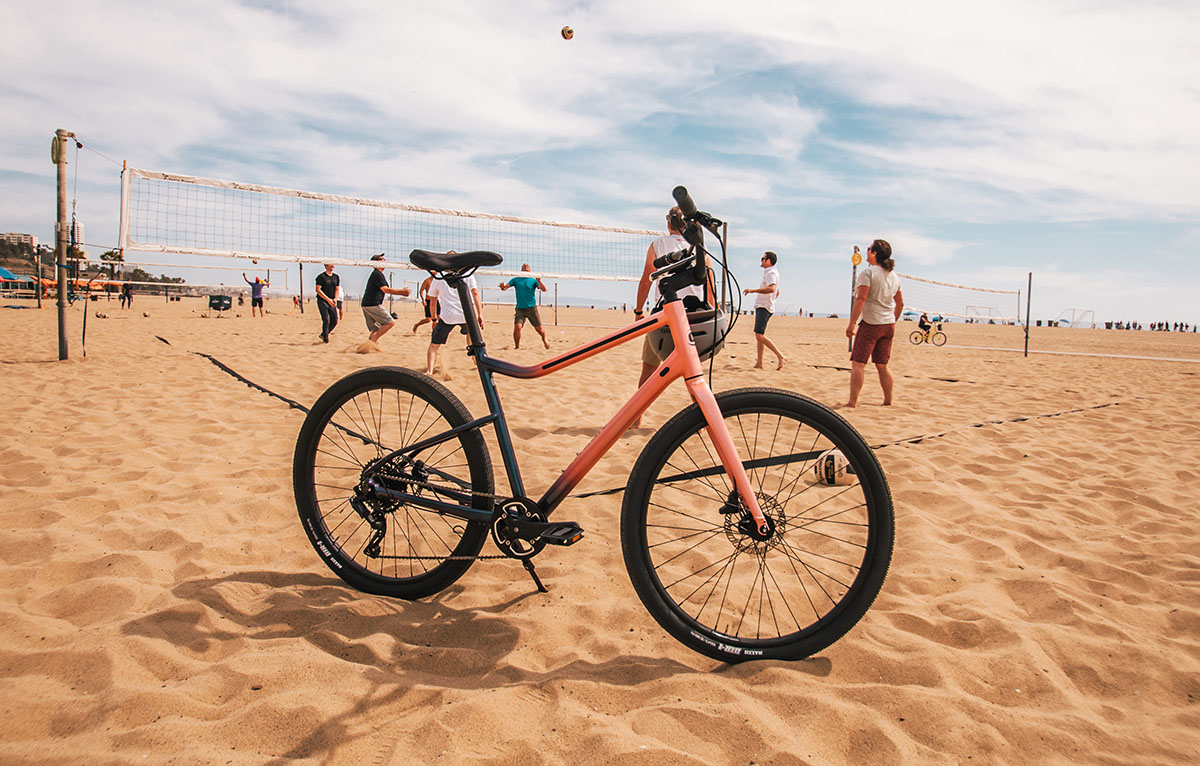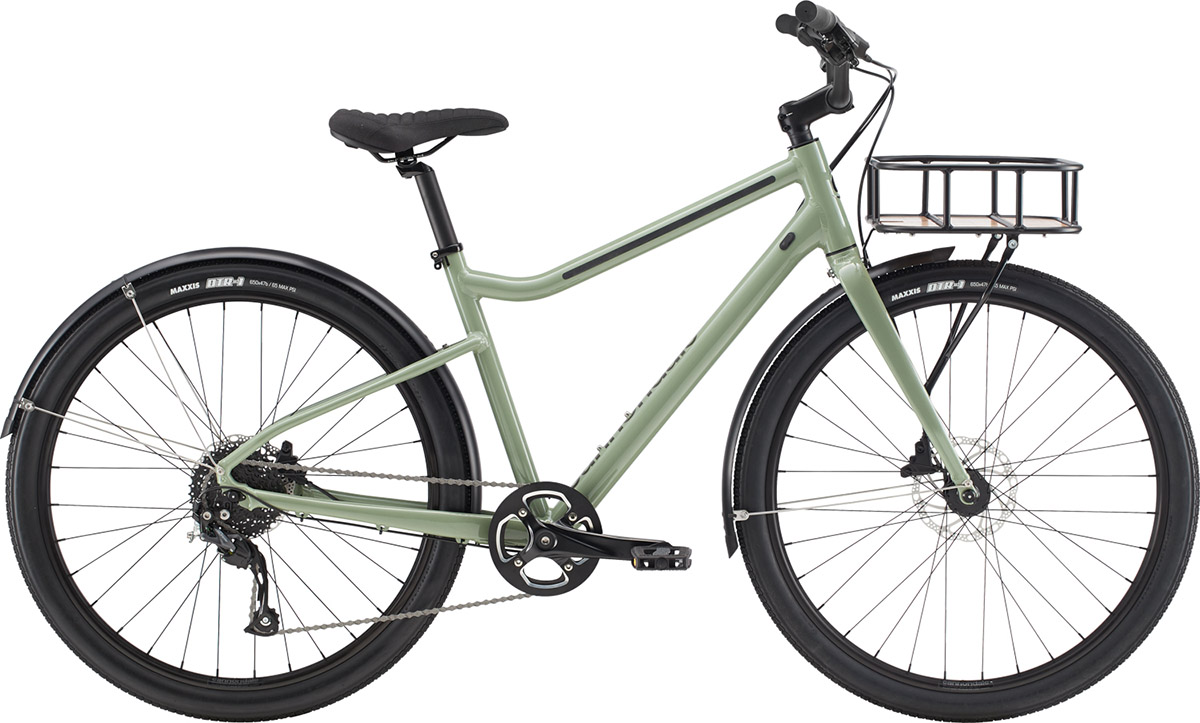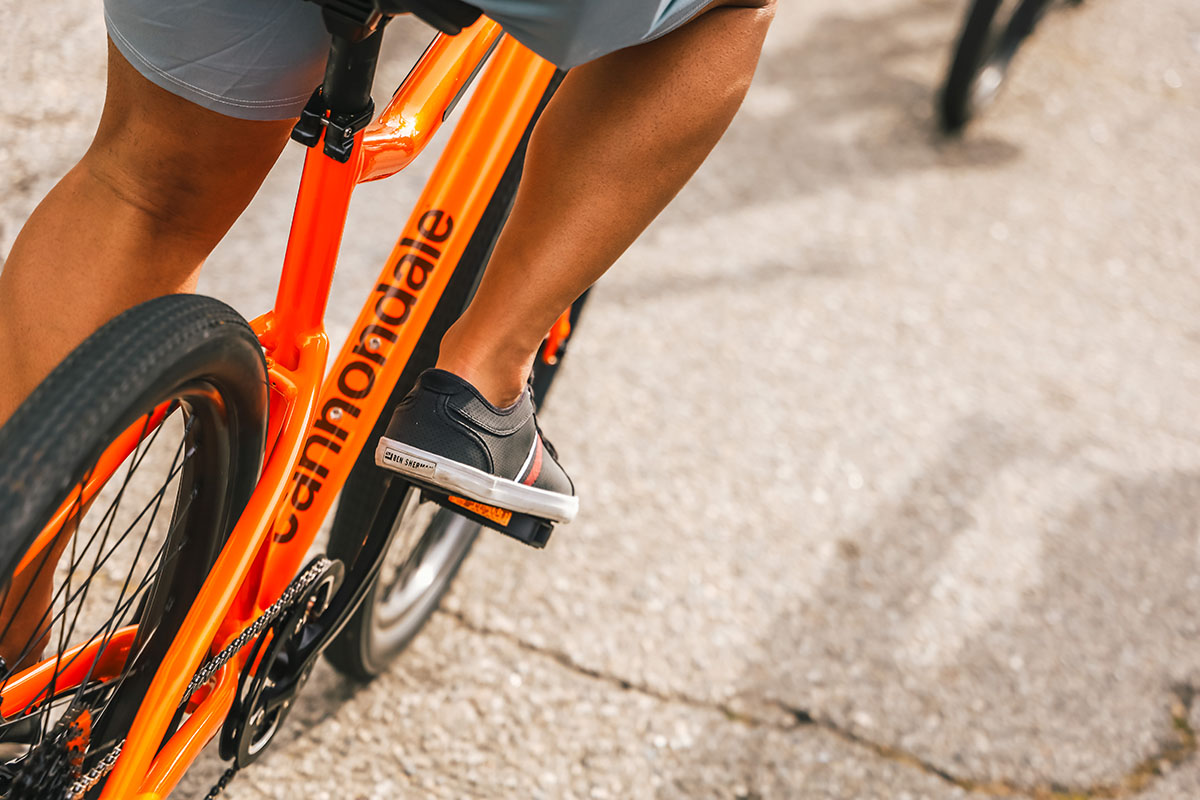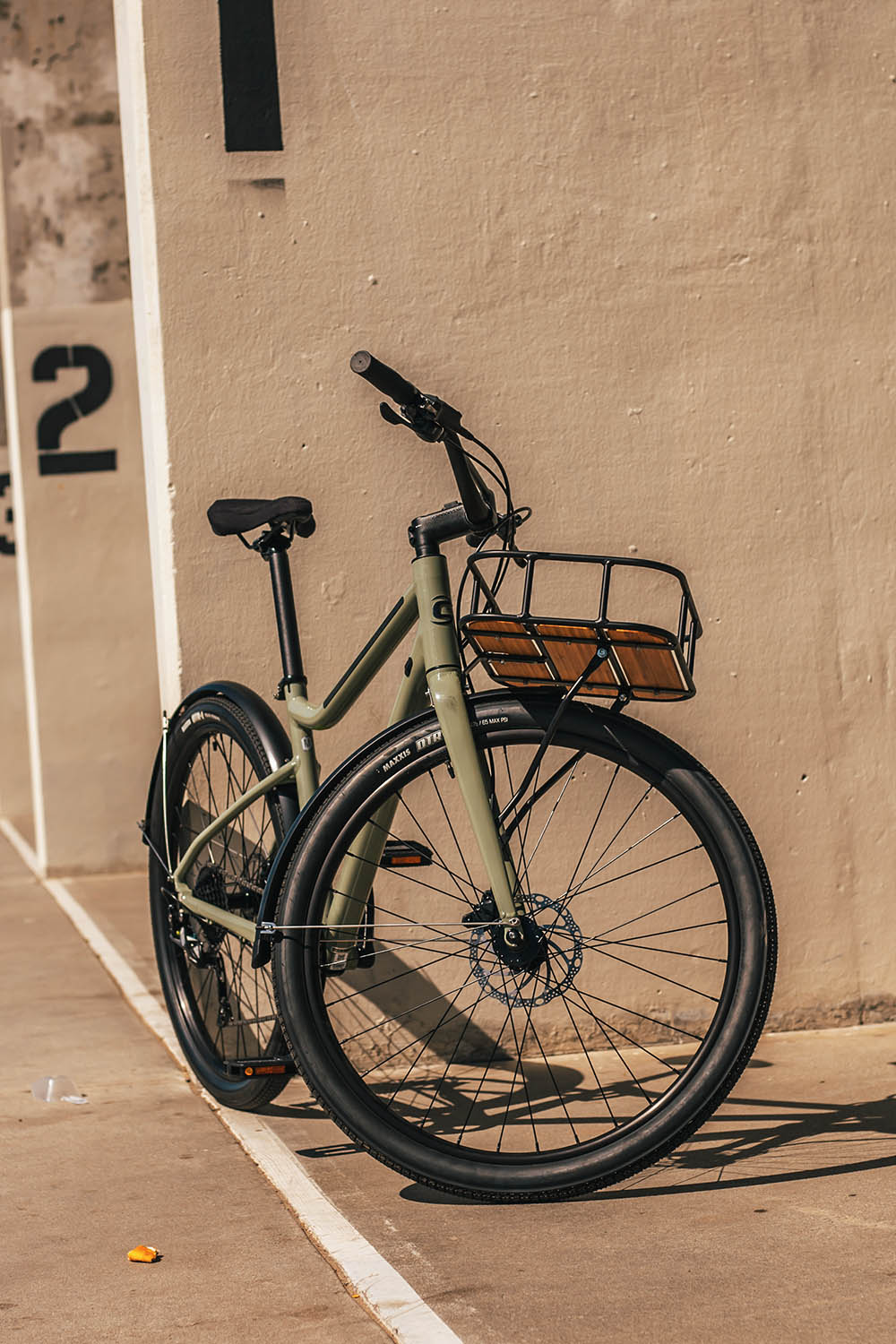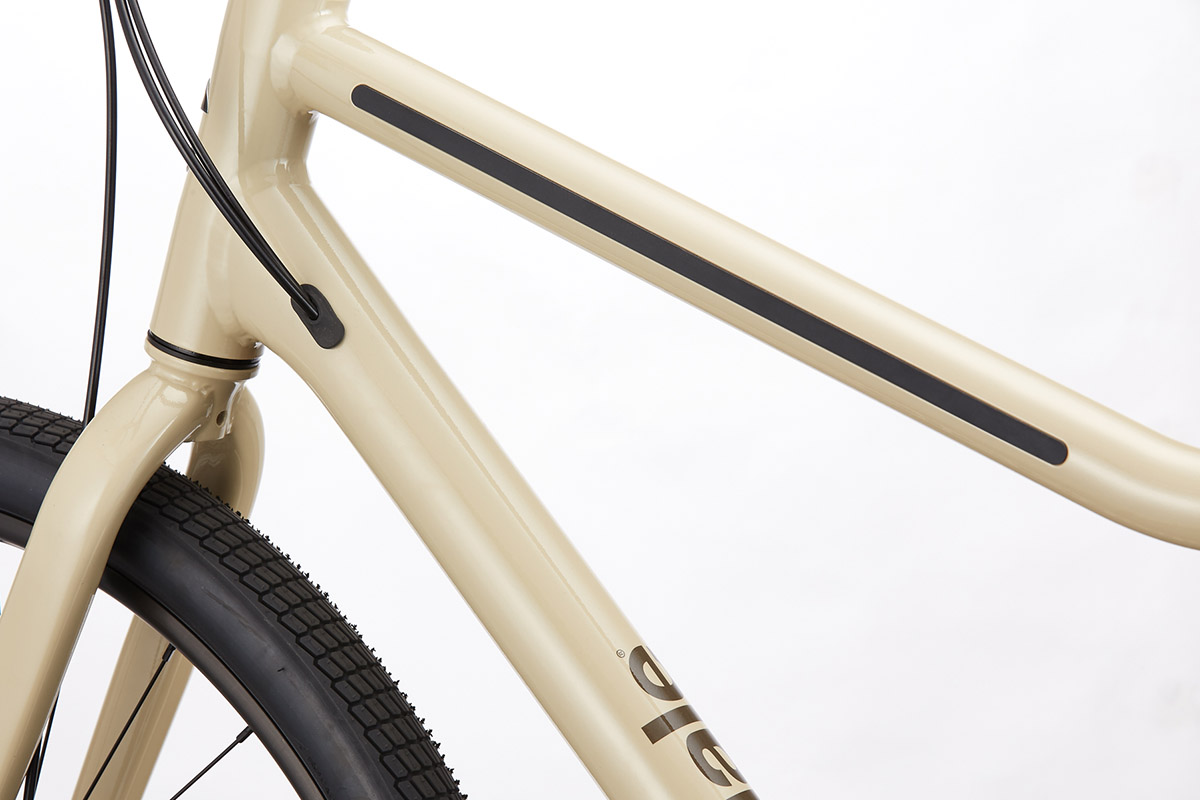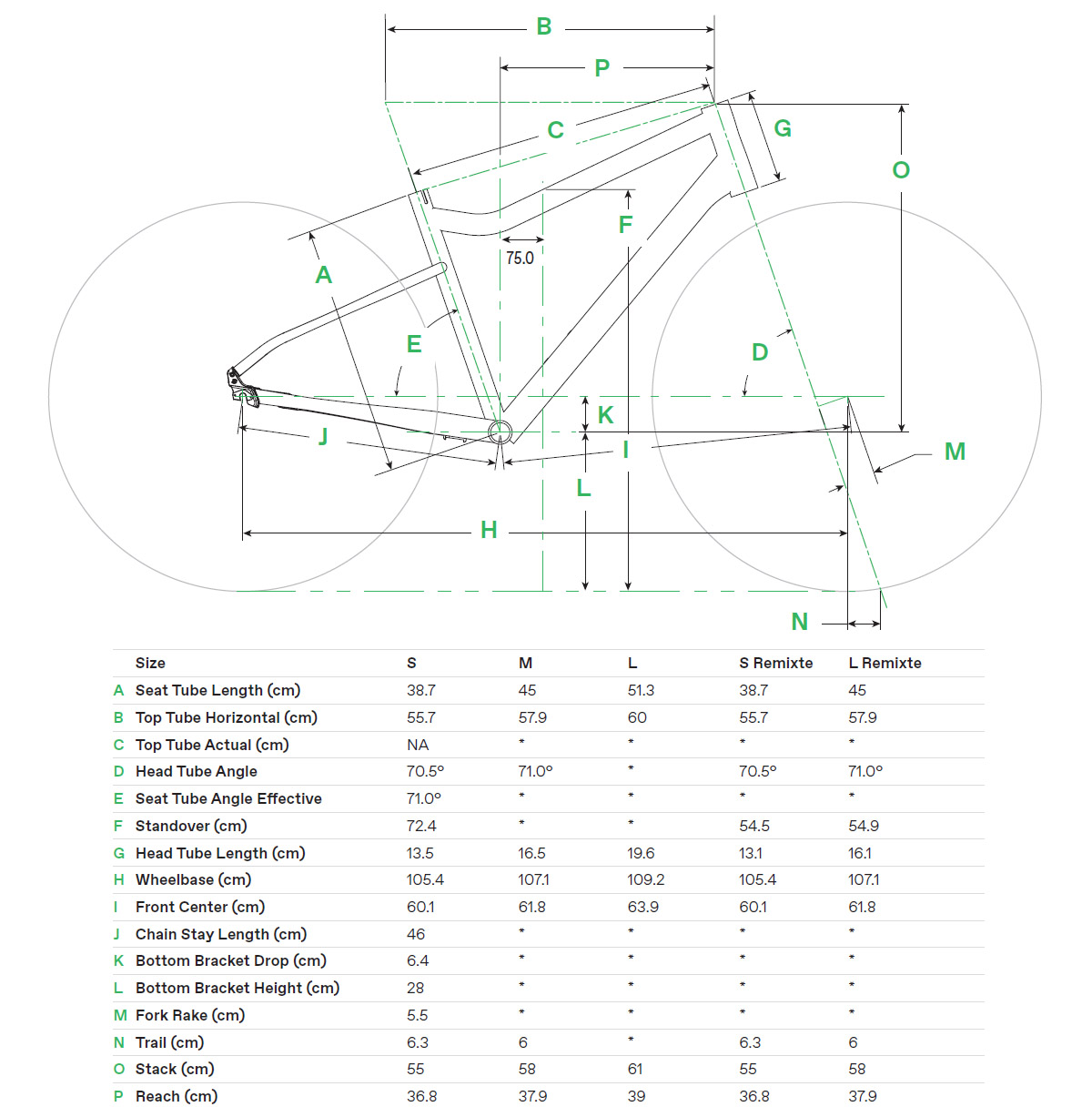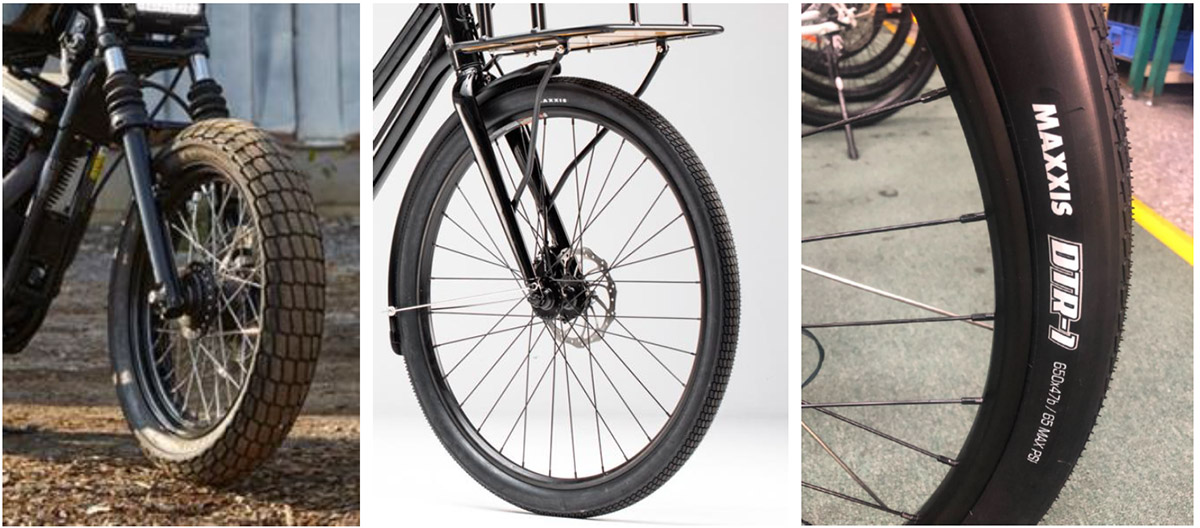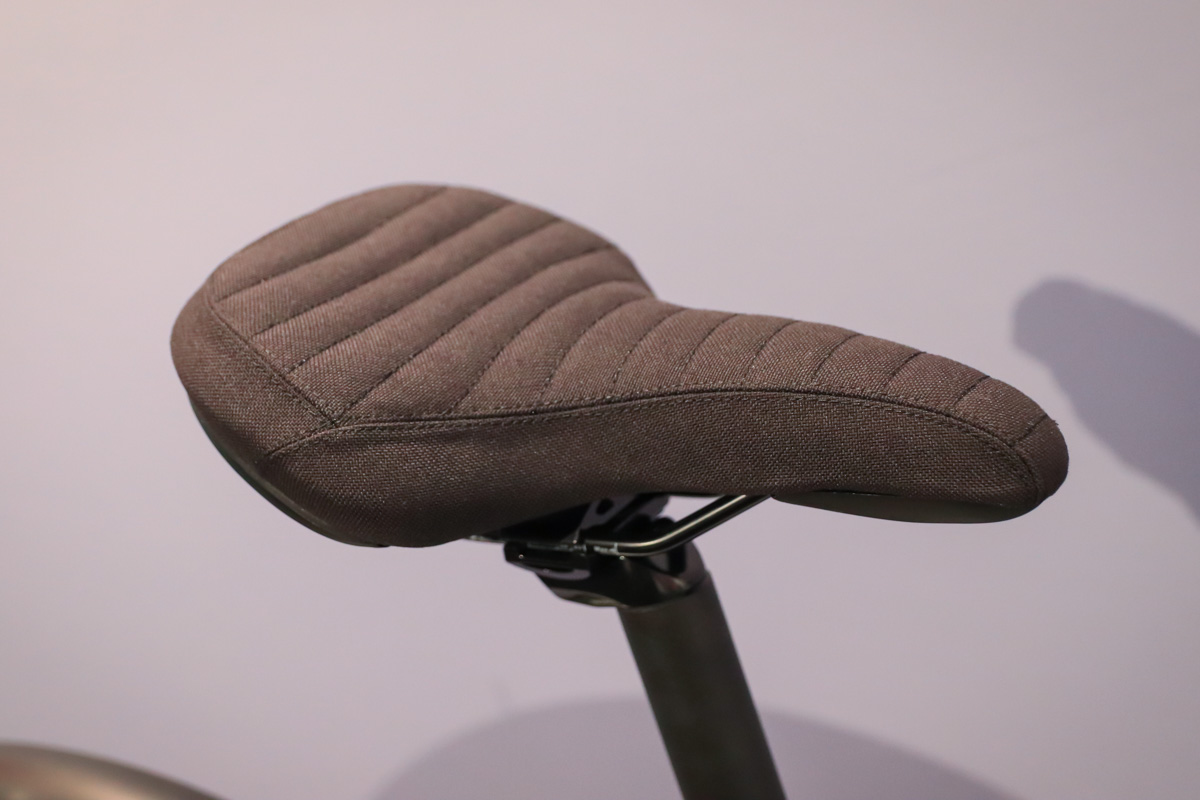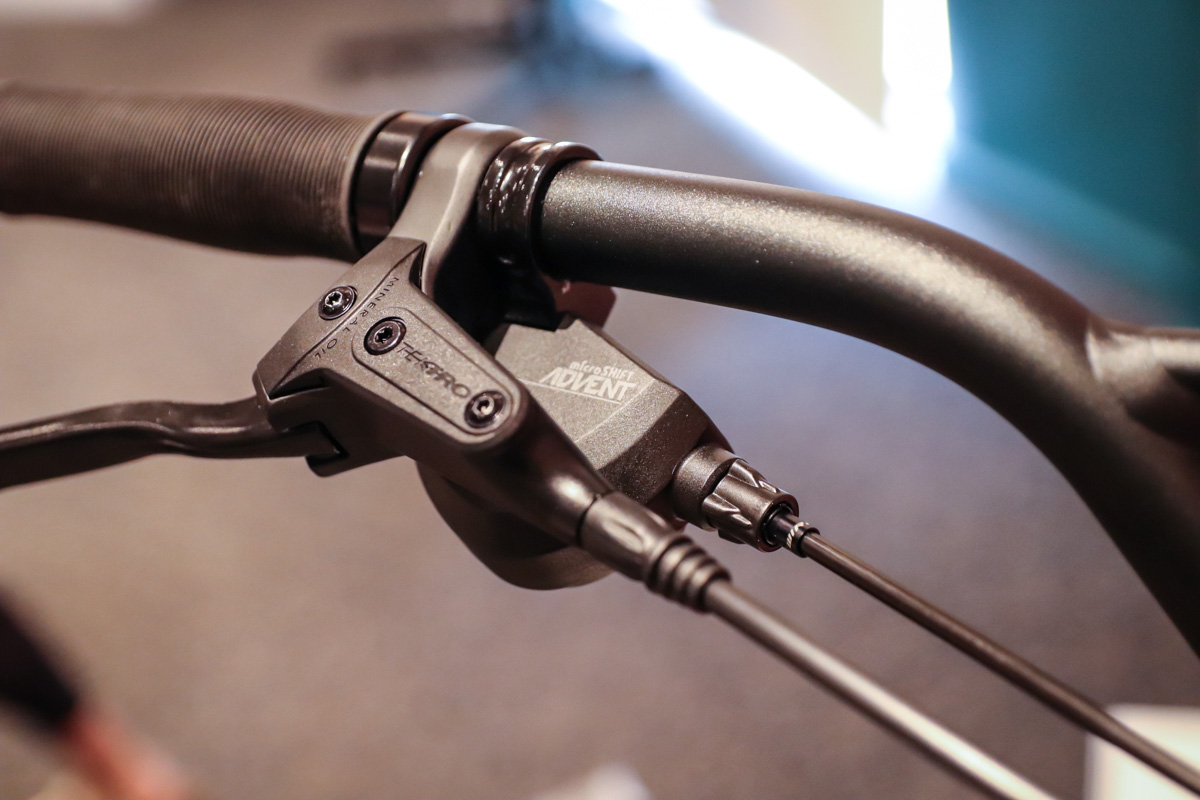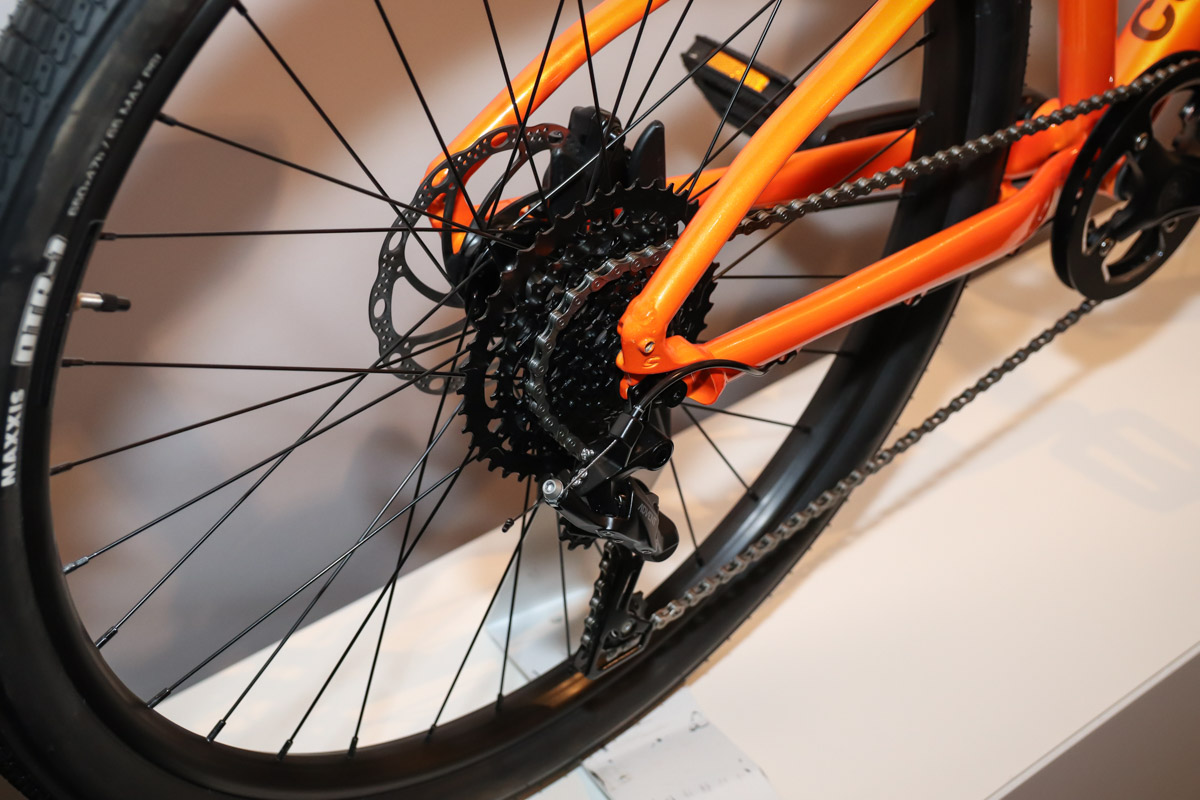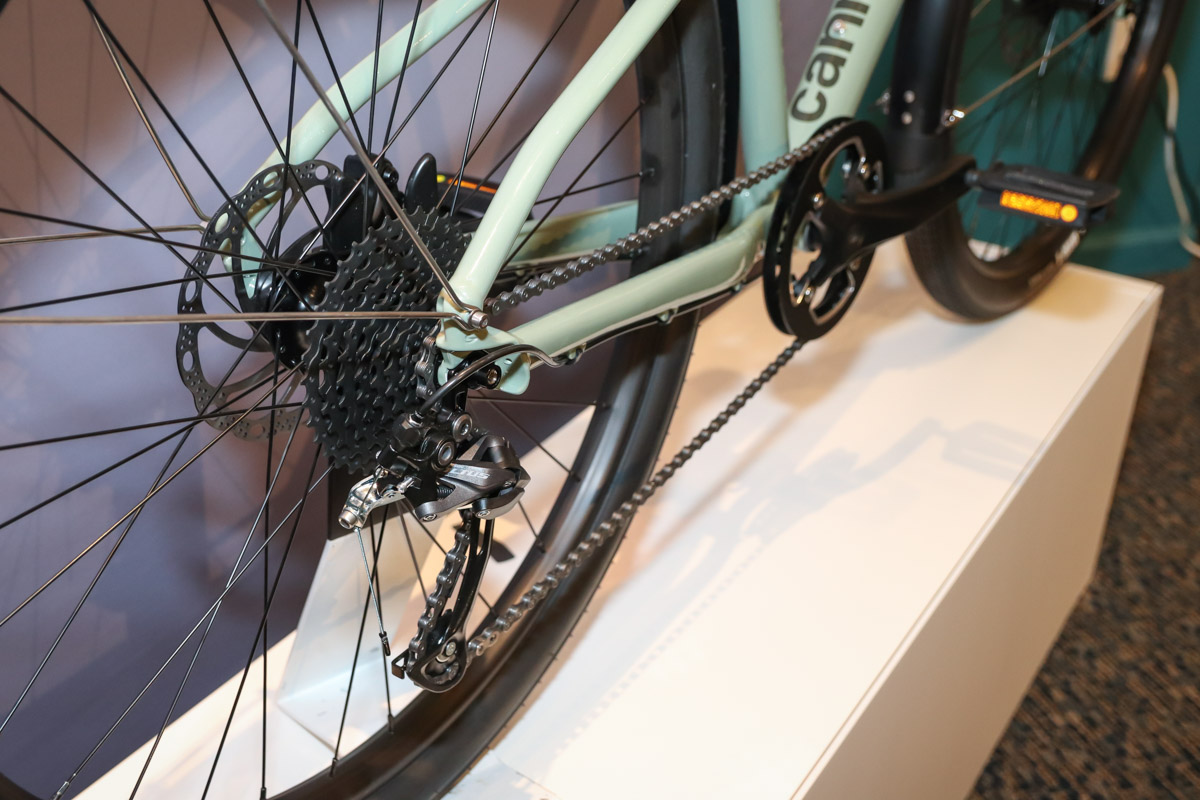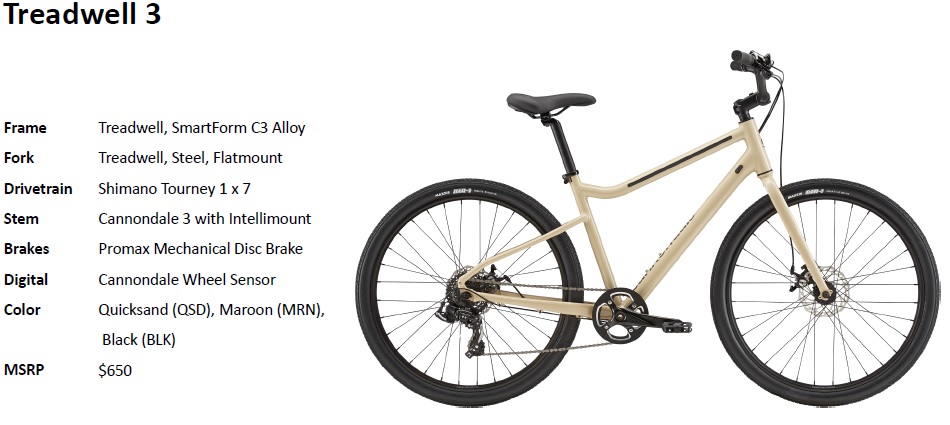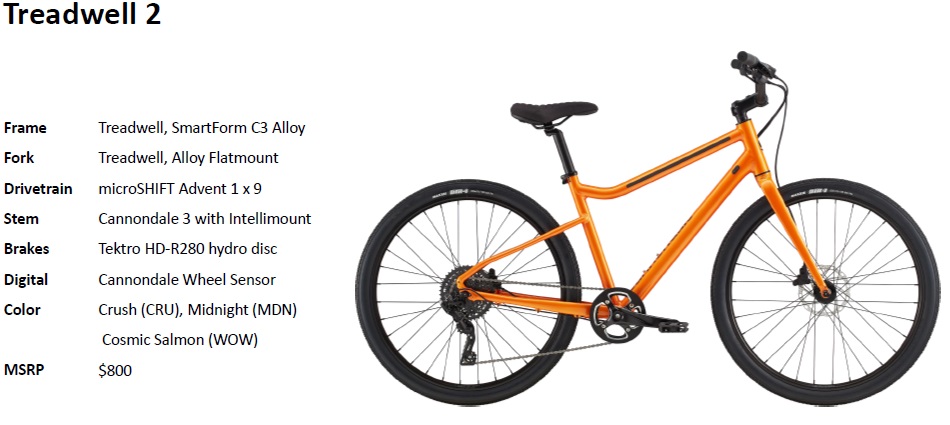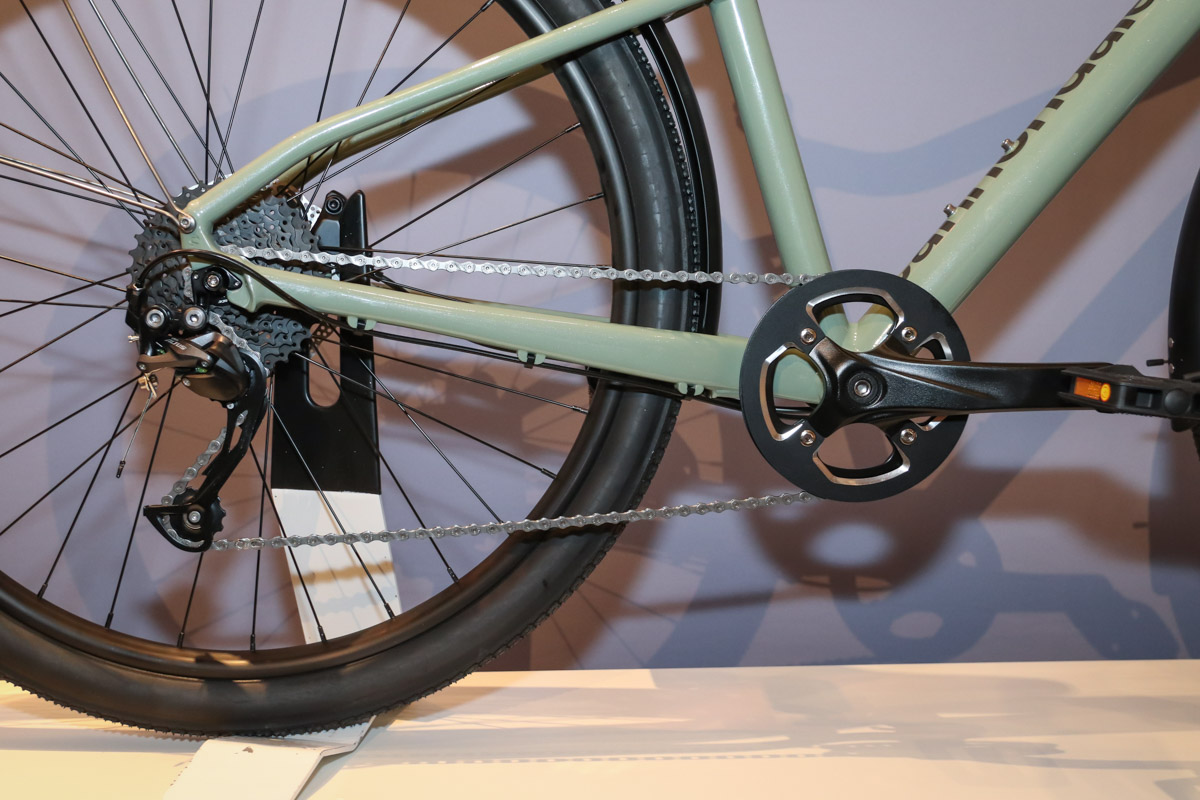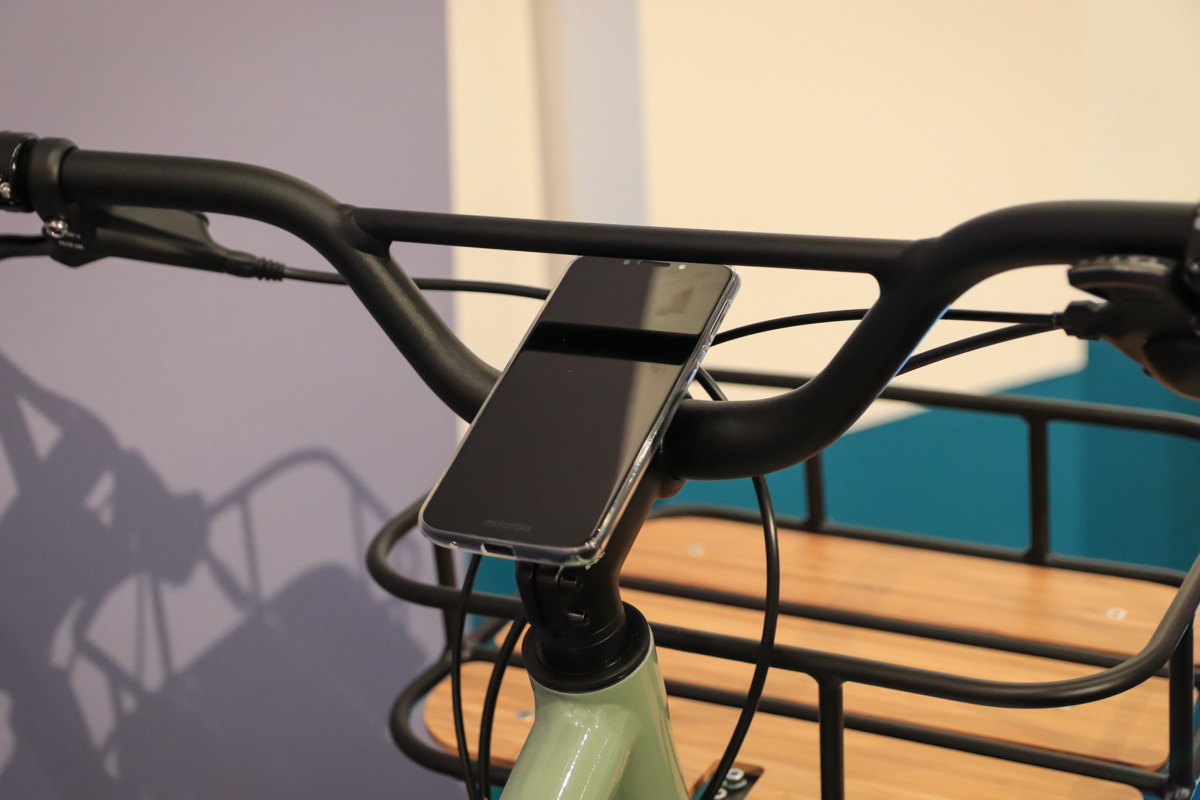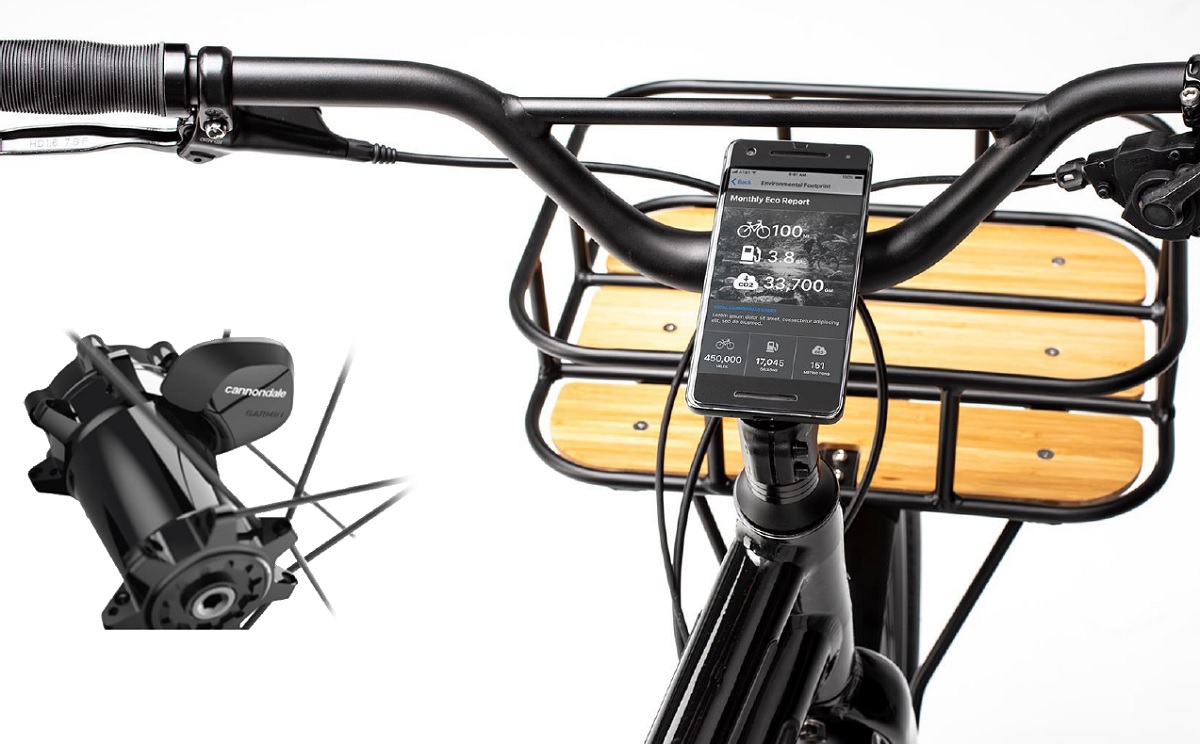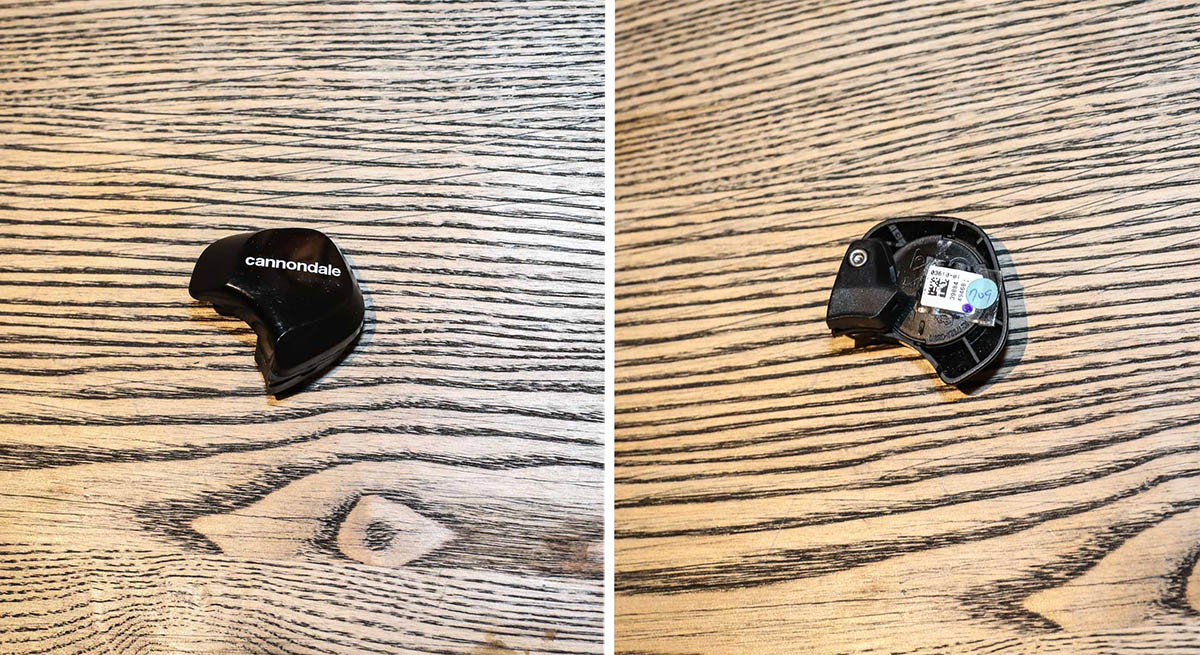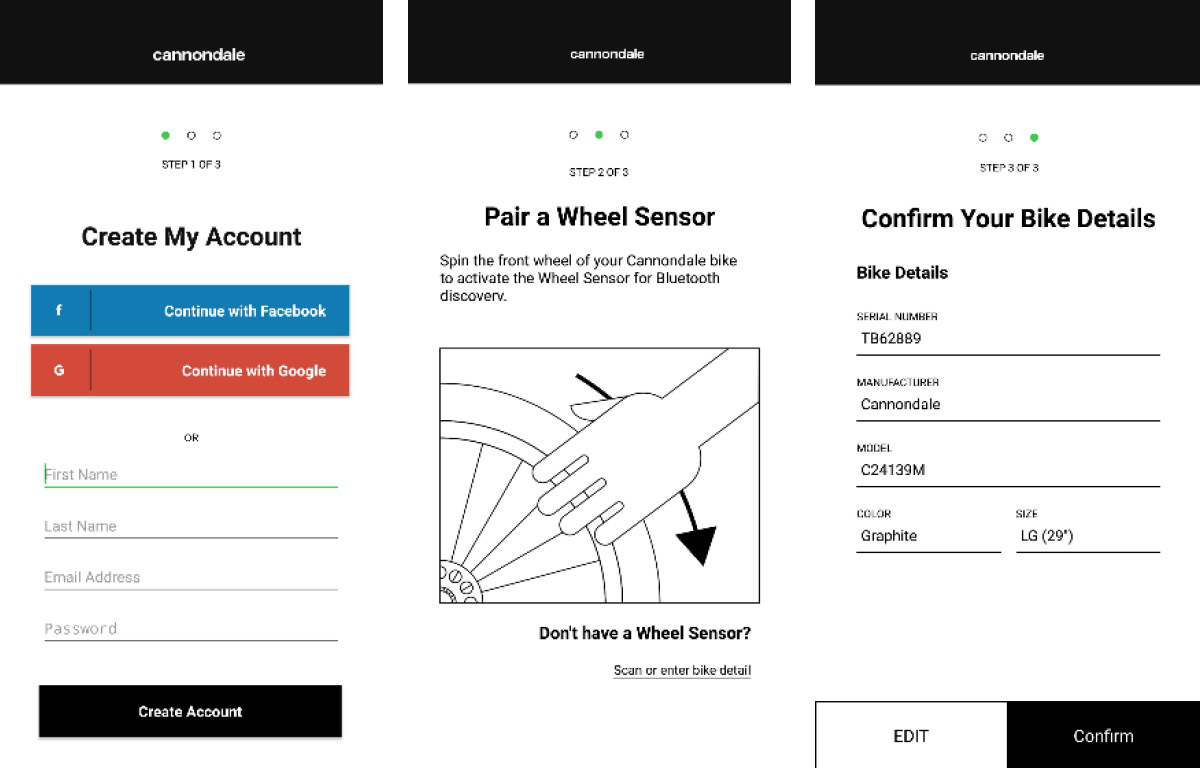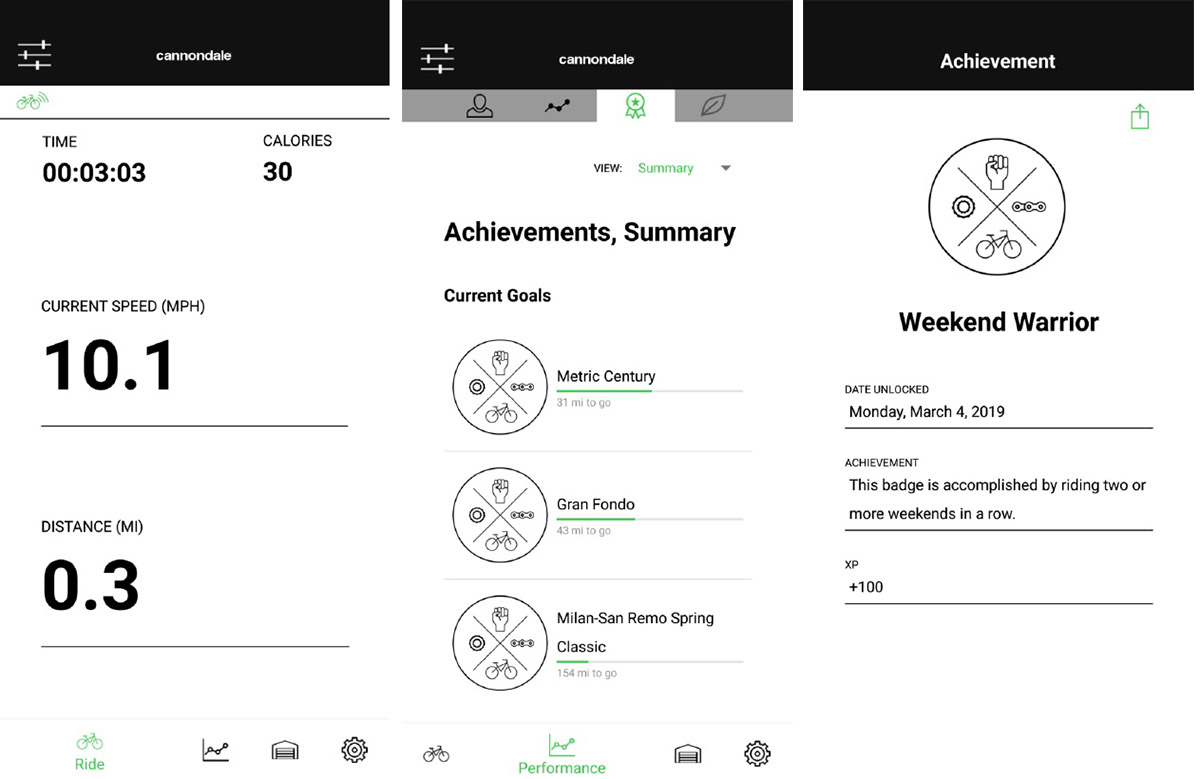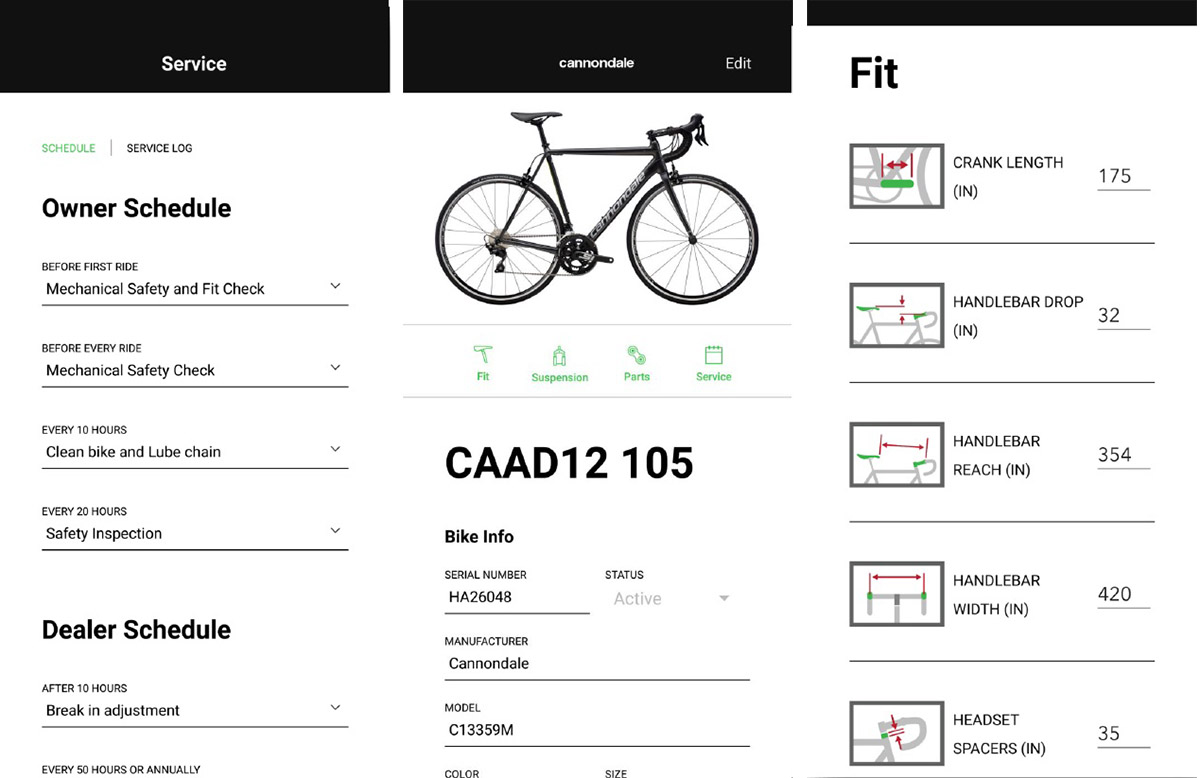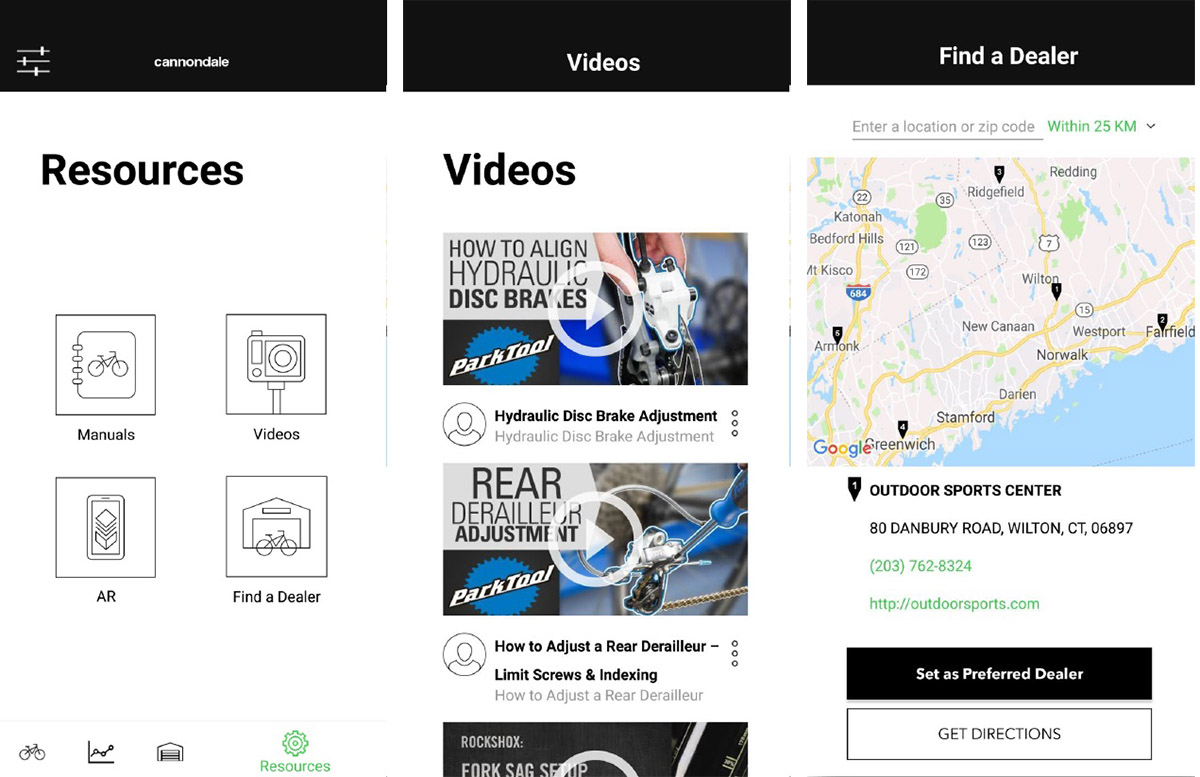Connecticut-based Cannondale is not new to hybrids and fitness bikes, but they’re hoping to create a new category of them that’s ready-made for millennials, fitness enthusiasts, and neighborhood riders. Their new Treadwell line combines a light alloy frame, 650b x 47mm tires, and an all-new Cannondale app to bring light weight, comfort, and connectivity to your ride. Using a single-chainring-exclusive spec, the bike aims for simplicity and ease-of-use for new riders and cyclists-to-be.
Cannondale Treadwell fitness hybrid bike with Cannondale smartphone app
You could say that the Cannondale hybrid and fitness line is already somewhat crowded, with the fitness-minded Quick, the comfort-focused Adventure, and the Lefty-fork-equipped Bad Boy series. Today, Cannondale is officially announcing a new addition, dubbed the Treadwell. We attended their launch event in Venice, CA, just ahead of Sea Otter 2019.
In short, the Treadwell fits between the Quick and Adventure lines, as a do-it-all fitness, hybrid, and commuter bike. However, while the Quick and Adventure bikes mostly center around traditional entry-level double and triple chainring drivetrains, the Treadwell exclusively uses 1x gearing, in an effort to reduce maintenance and customer frustration.
Maybe we should back up. In speaking with customers and watching market trends, Cannondale realized that today’s fitness customers are buying differently than ten or twenty years ago. With millennials making up the largest generation in the US, they decided it was in their best interest to learn more, and did on-site research and surveys in cities like Austin, TX.
Their investigation found that there are three main barriers keeping millennials from getting in to cycling: Comfort, Maintenance, and Affordability. These became the key focus of the bike itself, which uses new design and parts spec compared to the existing Cannondale hybrid line.
The Treadwell frame is made from aluminum to save weight, and includes nice touches like their Urban Armor Bumper Strips on the top tube to avoid damage from bike racks.

There are two frame styles: Standard and Remixte. The former uses a moderately sloped top tube, while the latter uses a more dramatically dropped top tube for even easier step-through. Your grandparents called these men’s and women’s frames, though today they’re both billed as unisex.
The frame is available in three sizes for the Standard model, and two for the dropped-top Remixte. Seating is upright in general, without quite being the bolt-upright position of a full comfort cruiser.
The two key comfort-adding aspects of the bike were borrowed from motorcycles. First, the tires are a new-old model from Maxxis – a 650b x 47mm version of their classic DTR-1 motorcycle tire, made specifically at the request of Cannondale. While their other hybrids roll on 700c wheels, 650b was chosen for the ability to run lower pressures for a smoother ride (Optional: taking the bike off sweet jumps).
The saddle styling is called “Couch Top”, again borrowed from the motorcycle world. During our casual ride around Venice Beach, the saddle was surprisingly comfortable while wearing gym shorts. It’s padded enough to not need a chamois, but like many such saddles, its ultra-softness can become bothersome after about 90 minutes of riding.
The drivetrain spec is an area where Cannondale took a bit of risk, which intrigues me coming from a major brand. They opted to use MicroSHIFT, and NOT as their lowest spec. That’s right – there’s a Shimano Tourney model sitting below MicroSHIFT. The influx of MicroSHIFT spec is something we discussed recently on Episode 12 of the Bikerumor podcast, who appear to be putting a small, but growing dent into lower-end spec.
Cannondale’s reasoning is simple: It works, and it saves money to put elsewhere into more important parts that have a greater impact on your ride. Besides, most customers of this bike don’t know the difference between Shimano and MicroSHIFT anyway, let alone what a derailleur is. My test model was MicroSHIFT-equipped, and while it isn’t the smoothest-shifting system on the planet, it got the job done, didn’t drop a chain, and didn’t keep me from having fun.
Complete bike weights are as follows:
Treadwell 3 – 11.9 kg (26.2 lb)
Treadwell 2 – 11.5 kg (25.4 lb)
Treadwell EQ – 13.2 kg (29.1 lb)
The only spec decision that I question has to do with gearing and cassette sizes. More specifically, the Treadwell 3 uses an 11-34, the Treadwell 2 uses an 11-42, and the Treadwell EQ uses an 11-36. All use the same 38t chainring size. Why is there such a big difference in gearing between the different models? If you live somewhere flat, it likely doesn’t matter, but San Francisco or mountain-dwelling residents might beg to differ.
If I had to guess, this problem is a result of growing pains as 1x drivetrain systems slowly expand out into all price ranges of cycling (ironically hitting entry-level last, where I argue they’re needed most). My prediction is that this issue will have resolved itself within the next 3-5 years, and we’ll see much more 1x use on hybrids and low-mid-level bikes.
Cannondale’s own bar and stem round out the basic parts spec. First, the Cruise Control bar is made of aluminum to save weight, whereas most bars of this style and price are heavier steel.
The Intellimount stem is a relatively standard-looking item that segues us into the larger tech story of this bike, using a proprietary quarter-turn mount for your cell phone. A mounting sticker or full phone case can be purchased from your Cannondale dealer. This allows you to easily integrate with the new…
Cannondale App for tracking speed, mileage, maintenance, and fitness goals
That’s right, Cannondale is officially in the app business. If you were savvy enough to catch it, the new app has actually been available in the app store for a few days now, prior to the Treadwell release.
The system uses a new sensor that was developed with Garmin, which attaches to the front hub by fixing to the spokes. While it normally transmits data to the Cannondale app, it also has on-board memory to record up to 30 rides, in case you don’t have your phone on you.
o Development partnership with Garmin
o Hyper accurate speed, distance and time
o Onboard memory
o Automatically records rides
o Speed, distance, time for 30 rides
o Total odometer
o BLE and ANT+ wireless compatible
o 2032 coin cell battery lasts 1 year of riding
o Available as aftermarket item
Cannondale says that getting the app up and running is done in three steps. First, download the free app and create an account. Next, spin the front wheel to wake it up. Finally, confirm the bike in the app.
All OEM bikes will have all of the bike’s information pre-loaded into the sensor – color, size, serial number, and so on. If you lose or damage the sensor, you can get a new one and scan the serial number of your bike, and all of the info automatically reloads. If you have a bike older then MY18, you can manually enter any/all information.
Once you’re in to the app, it shows basic information like speed, time, distance, and calories burned. Yes, you can even achieve badges and honors to compare to your friends.
The Cannondale app can store your fit information, full bike details, and even has an automatic maintenance schedule with push notifications. We all know at least one squeaky-chain-rider that needs this feature yesterday.
You’ll also find a resource section with how-to videos and a map for Cannondale dealers.
Curious about your impact on pollution? The Cannondale App even tells you a rough figure for your eco footprint.
Cannondale says that their app will see continuous updates, with new features already in the works. The long-term vision sounds almost like a Fitbit for bikes; an online portal to sync up with your friends for fitness challenges or Strava-like goals. With the app running in the background, all you have to do is spin the front wheel (a.k.a. start riding), and your data is automatically recorded, much like tracking steps.
To learn more about the Treadwell and the new Cannondale app, check them out at the link below.
